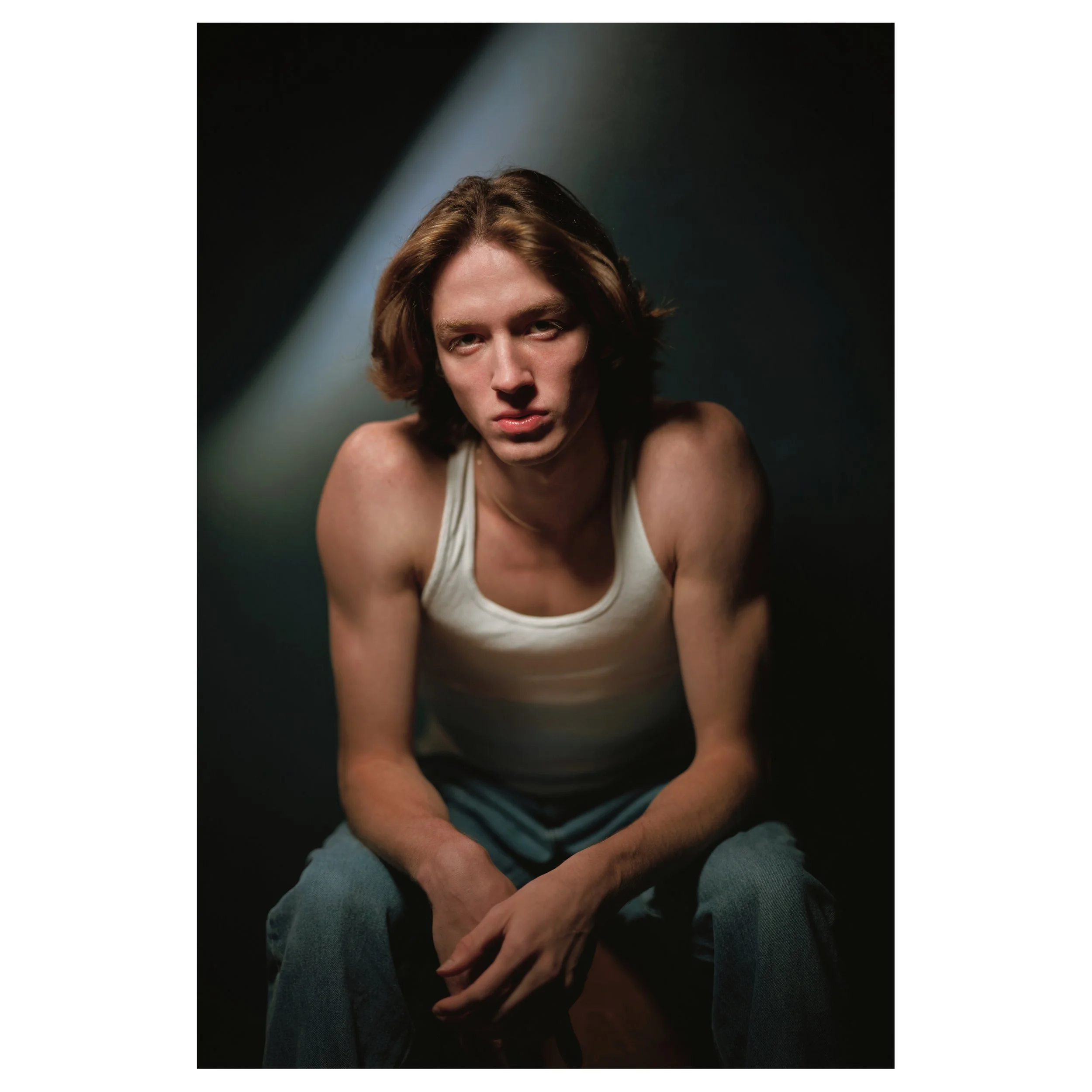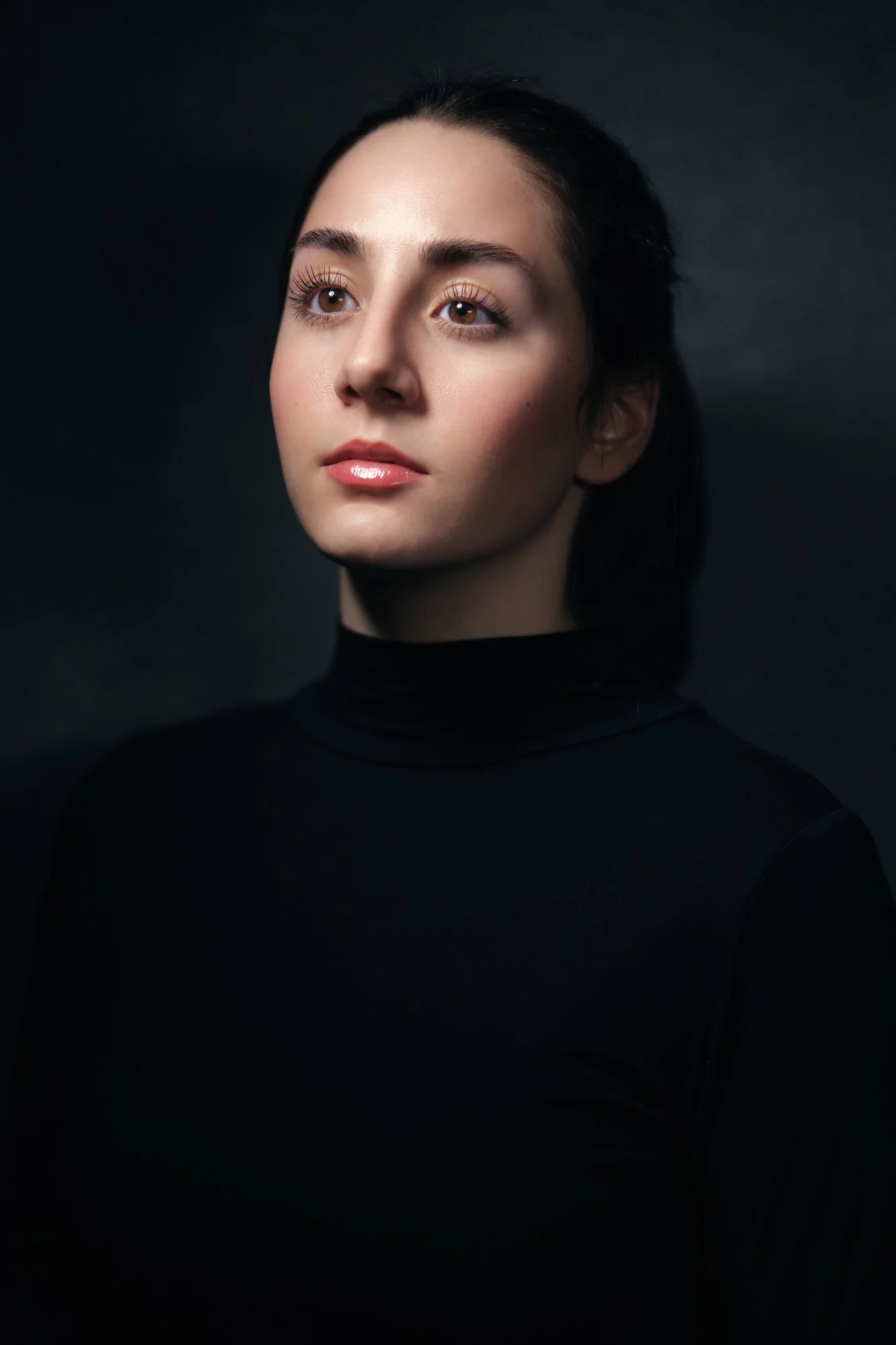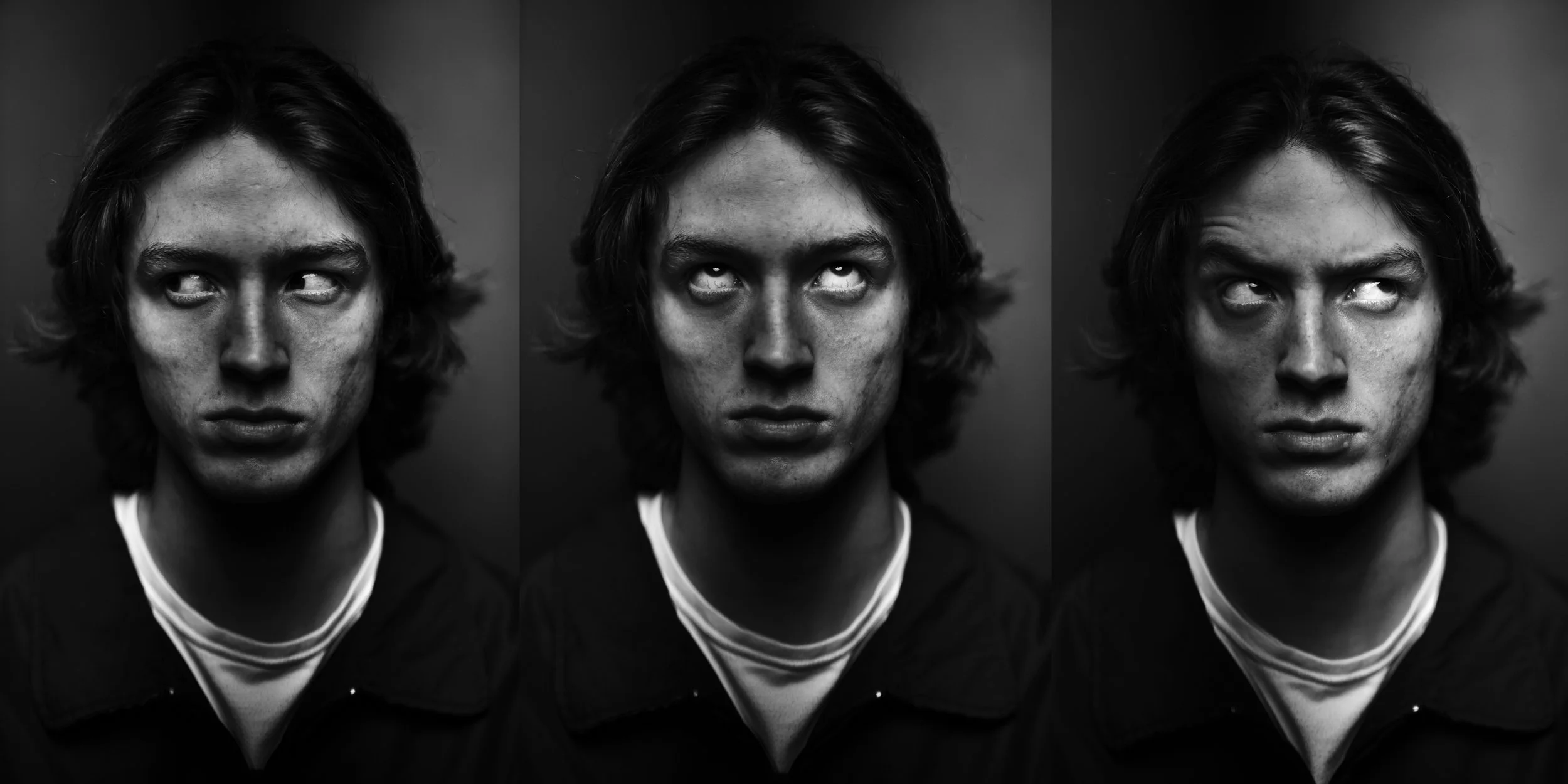5 Portrait Photography Tips to Wow Your Clients Every Time
Portrait photography is an art that requires both technical skill and a deep understanding of how to bring out the best in your subject. In this post, I’ll share five essential tips that will elevate your portrait photography and wow your clients — whether you’re shooting in the studio or on location. Let’s dive in!
A portrait of Tristan
A portrait of Tristan looking away from the camera
1. Have Your Subject Look Away From The Camera
One of the fastest ways to level up your portraits is by having your subject look away from the camera. Eye contact is a powerful tool in portraiture, but shifting your subject's gaze can evoke a completely different set of emotions and moods. Where your subject is looking will significantly impact the story your image tells:
Looking Up: Suggests optimism, determination, or empowerment.
Looking Down: Conveys introspection or vulnerability.
Looking Straight Ahead: Creates a sense of engagement, as if they’re conversing with someone just off-camera.
Extreme Angles: Adds tension or unease.
Play with different directions and angles to create complex visual narratives that resonate.
Don’t be afraid to get close when taking portraits.
2. Get Closer: Don’t Be Afraid to Get Close
A common mistake I see beginners make is not cropping closely enough. While full-length portraits have their place, sometimes they can make it harder to connect with the viewer—especially when viewed on a small screen, which we unfortunately do more often than not.
Tightly cropped portraits, however, force the viewer to engage more intimately with the subject. By eliminating distractions, you place the focus entirely on the person, making their expression and emotions the focal point. A tighter crop can also add a sense of unease or intensity, drawing the viewer further into the frame.
3. Experiment with Different Focal Lengths
Forget everything you’ve heard about “correct” focal lengths for portraiture. One of my favorite lenses for portraits is the 50mm (speaking in Full Frame terms). It’s incredibly versatile, allowing for everything from half-length portraits to extreme close-ups, and it creates just enough distortion to add character without being unflattering.
50mm: Adds subtle distortion, which can slim the face slightly without losing its natural shape.
Wide-Angle Lenses: Excellent for environmental portraits. They allow you to showcase the context of your subject’s environment while maintaining them as the focus.
35mm or 85mm: While traditional, these lenses offer unique compression and tell different visual stories compared to a 50mm or wide-angle lens.
Experiment with different focal lengths to see how they alter the mood and impact of your portraits.
I like shooting with a 50mm lens and getting close to my subject.
4. Shoot Wide Open
I’m a huge fan of shooting wide open, often using a 1.4 or even an F1.2 lens. The shallow depth of field draws attention to the most critical element of the photo—the eye closest to the lens. This technique can add an ethereal quality to your images, separating your subject from the background and highlighting their features beautifully.
If your subject is angled, focus on the eye closest to you. If they’re square to the camera, focus on their camera-left eye. This approach works wonders for musician portraits, where I want the viewer’s attention on the person, not their instrument.
Often, I will shoot portraits wide open.
5. Move Yourself Around
One of the easiest ways to create varied and dynamic portraits is simply by moving yourself around. Staying in one spot can make your images feel static and predictable. Try stepping to the left or right to see how the lighting and composition change.
This technique is especially useful outdoors, where you may have less control over lighting. By moving around, you can create different looks without altering your setup, giving you a diverse set of portraits from a single session.
By simply moving to the side, I was able to create a completely different lighting on my subject.
Bonus Tip: Set Your Camera to Continuous Low Mode
Setting your camera to Continuous Low Mode instead of Single Shot will help capture those subtle, nuanced expressions without missing the perfect moment. I usually set my Fujifilm camera to 3 or 5 frames per second—fast enough to catch the emotion but not so fast that I end up with hundreds of identical shots. This setting is a game-changer for capturing the natural flow of your subject’s expressions.
A series of portraits taken on continuous low setting.
Thanks for reading this blog, and let me know if you’ve enjoyed these tips. If you are looking to improve your portrait photography skills, check out my coaching group, The Portrait Community.







